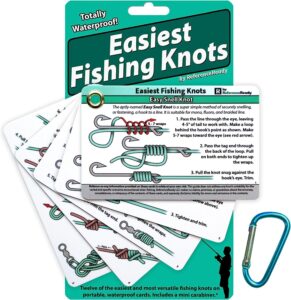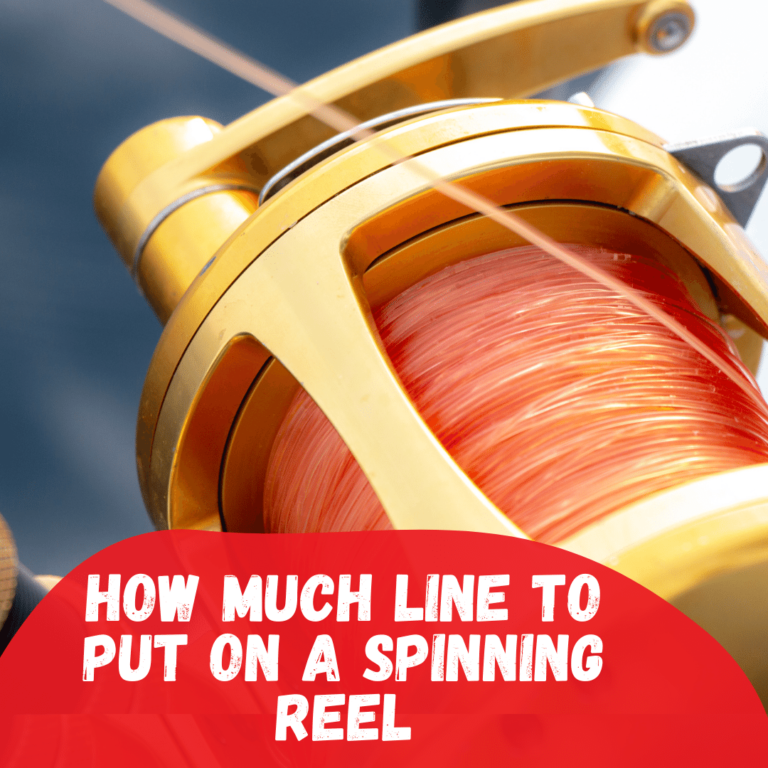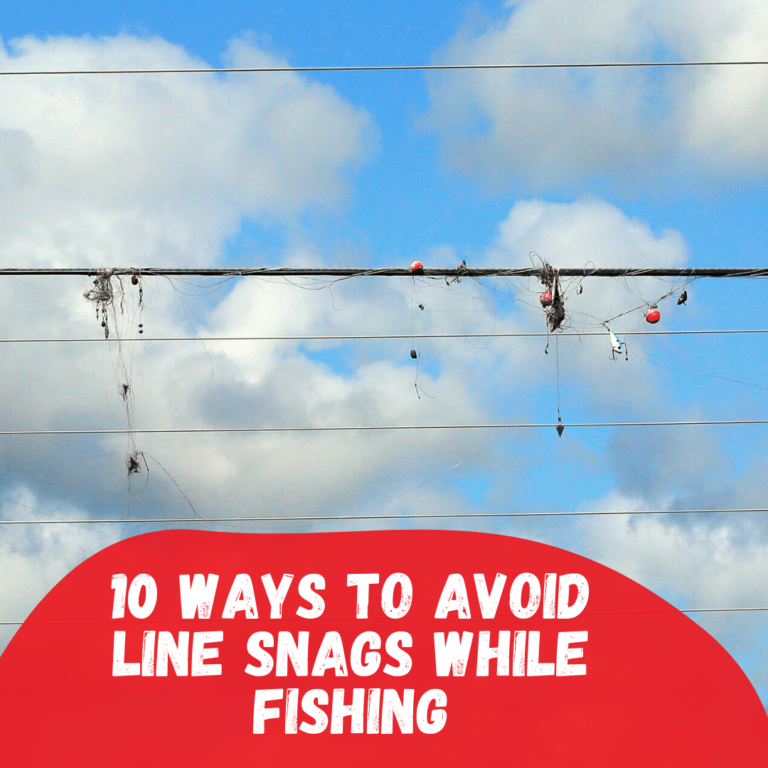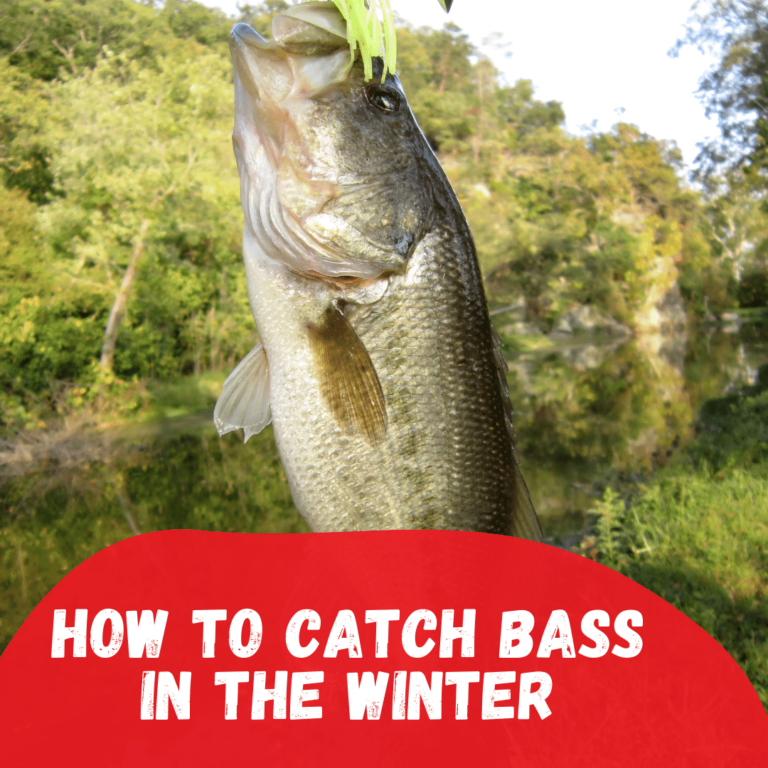How to make a fishing rod in the wild
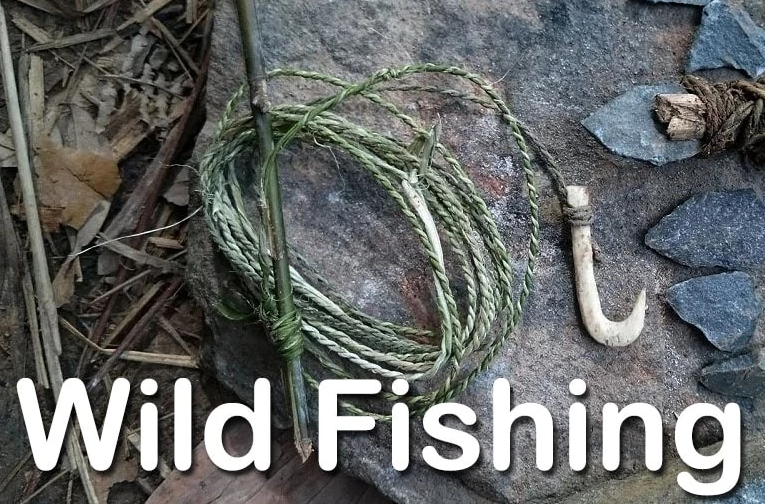
Fishing can be fun. Sometimes there is nothing better than sitting under the warm sun with a beverage in hand, relaxing near the water, and experiencing the thrill of reeling in a fish. And as with any hobby, there are plenty of pieces of gear one can purchase and use effectively to increase the chances of reeling in the big one. But what if you found yourself in a survival situation? Or on the other hand, you needed to encounter your preferred side interest like it was once drilled before the large-scale manufacturing of fishing rods and reels? Modern technology can, of course, be a great convenience, but it can also be a hindering crutch. Wouldn’t it be best then, to be able to catch a fish with a modern rod as well as a primitive one- crafted by your own hands with materials found near the closest fishing spot? Survival skills can be an important skill to develop if you enjoy experiencing the outdoors on a regular basis. So, let’s dive into how to build a fishing rod in the wild and you will never be without the means to enjoy an afternoon or secure dinner when tested in a dire situation.
1. The Perfect Branch
When wandering around the fishing hole, keep your eyes focused on the types of trees surrounding you. We aren’t looking for a specific type of wood, per se, but what we are looking for is a living tree branch, around 6-7’ in length that tapers towards the end. Once you identify the perfect length, be sure to test the branch for suppleness. Does the branch bend easily without breaking? Imagine yourself trying to pull a fish onto shore with this branch. Would it crack under pressure and allow the fish to swim away? Flexibility is key here. A good way to test this is by placing the tapered end of the branch underneath your foot, next grab the opposite end of the branch and pull it up towards your chest. If it cracks, throw it away. If it doesn’t, then we have a winner. Assuming you have a knife with you, be sure to cut away any additional sapling branches, giving your rod a smooth appearance. This is important for the next step.
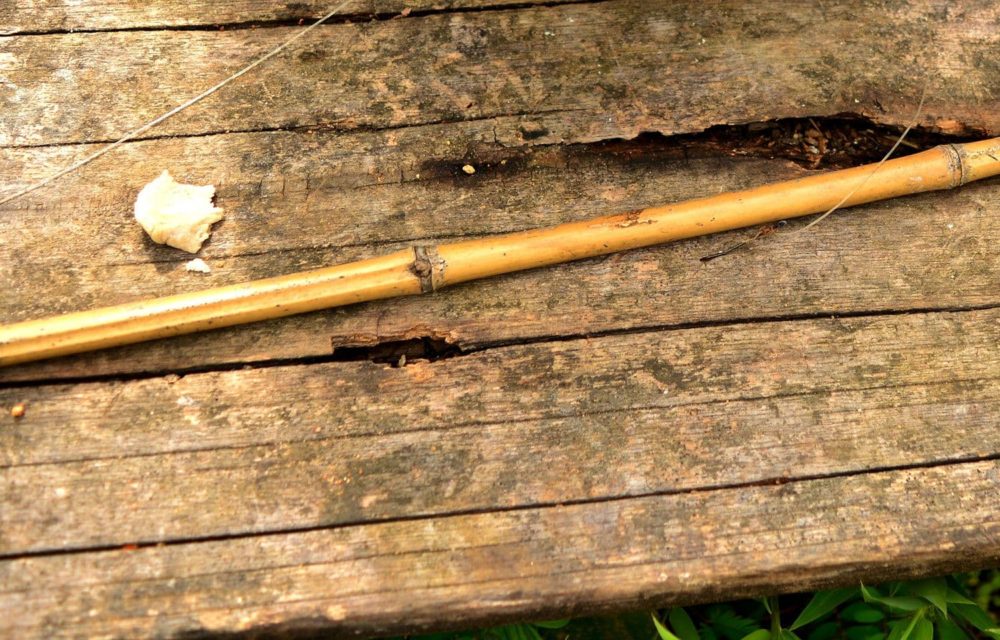
2. Threading the Line
In order to pull in a fish, you are going to need a line to bait the hook. If you find yourself in the fortunate situation of already possessing a fishing line, then you have one huge advantage in being able to catch a fish. If not, you may need to look for vines to use or you may need to get ultra-creative, possibly tying shoelaces together, or experimenting with different living plants to see if they possess the tensile strength adequate enough to pull in a wriggling fish. However, you come about a line that is not significant. What is significant, however, is how you thread it on your homemade rod. Unlike commercial rods, we will not have a reel, spool, or guide holes to work with. So, we want to make sure the pressure applied to the line is equally distributed along the entire rod, thus decreasing your chances of either the rod or the line breaking under pressure.
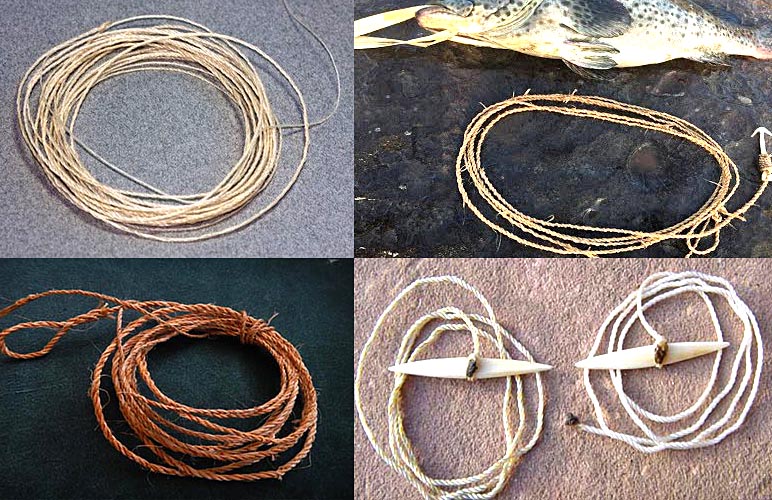
Start towards the handle section, or the thickest part, of your rod. Tie a knot around the end of the stick and gently coil your line around the entire rod creating equal distance around the rod until you reach the end, or the tapered section, be sure to allow for plenty of extra line hanging down in order to be able to cast your line with sufficient length into the water. What is important to keep in mind here is coiling your line the entire distance of the rod. When a fish bites on your line, the pressure of it pulling on the line must be equally distributed along the entire rod to avoid cracking or breaking of the stick. Additionally, you need to not only be able to withstand the pressure from the fish but the additional pressure from your pulling action in order to bring the fish back onto shore. As the process moves along, it can be a good idea to cast your empty line in the water to measure whether you left enough length of line required to catch a fish. Once you feel confident in the strength of your rod and the length of your line, it’s time now to create a hook to the bait.
3. Hooks
The trickiest part of this process can also be considered the most important. Fish swimming in a body of water needs to be attracted to a fishing line in order to secure a bite. Otherwise, they will not take notice of your line and you will never be able to secure a catch. Therefore, crafting a hook is of utmost importance. You need to be able to securely place bait on your hook for this entire process to be successful.
You can see other posts: How to Tie a Fishing Knot Loop? How to Tie Fishing Knot Palomar?
Hooks can be crafted out of essentially three materials- metal, bone, or wood. If you are fortunate enough to have a commercially crafted metal hook to tie onto your line, then you are good to go. Unfortunately, this is not always the case regarding survival situations. Often, we find ourselves with limited resources and need to be innovative. One of the best pieces of material to use in order to craft a hook is the pop-top of an aluminum can. It’s possible you may have brought an aluminum can with you or you may be able to find a piece of trash floating around in the water or woods. Regardless of how you secure one, once you do, pull the tab off and fashion it into a sturdy hook.
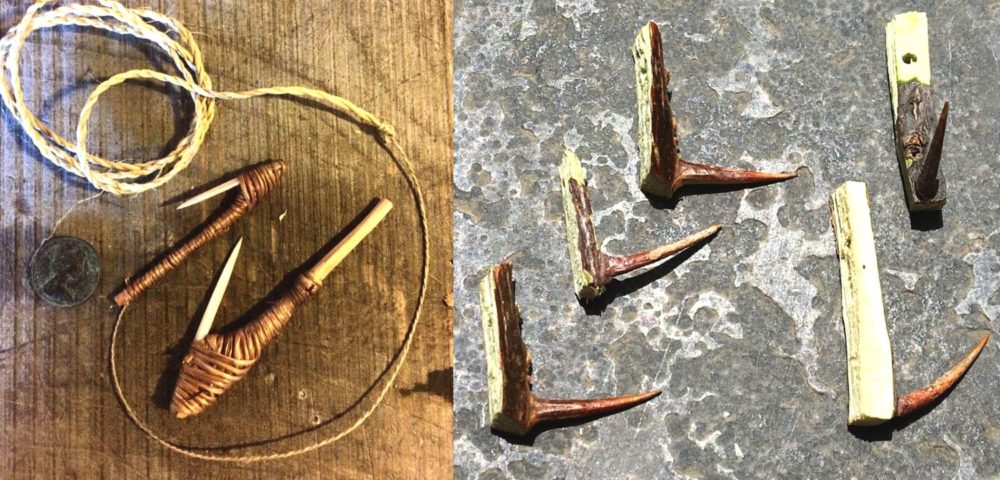
The second-best material to craft a hook out of is bone. Ancient peoples have used animal bones to craft tools, including hooks, for millennia. Scour the area for any sign of rotting carcasses or dried bones you may be able to source. In survival, situation luck can often be our greatest asset. But, if you are not able to find any signs of animal bones to use, then we are left with the plentiful option of wood to craft a hook. Again, what we are looking for here is flexibility in the wood we are using. Imagine a fish biting down hard on the handcrafted hook you are using- will it sustained enough strength to snag the fish’s jaws? It can be difficult to know for sure but moving the wood in our hands and applying adequate pressure can be a decent way of estimating.
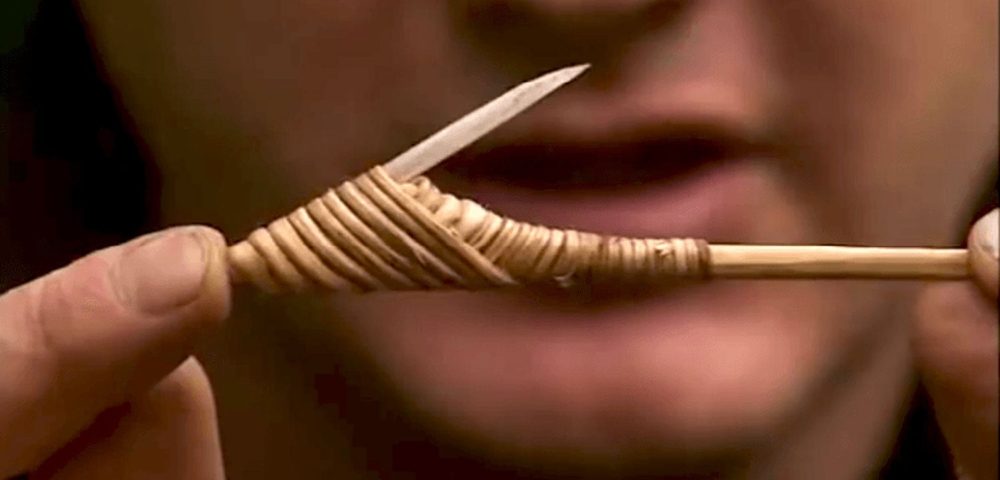
Once you have found a piece of wood and tested its strength, grab your knife and begin to cut and carve. In order to catch a fish with a wooden hook, we are looking for the correct balance between size, strength, and flexibility. Once this is determined, be sure to shape the piece into a hook, making the shape of an exaggerated checkmark, giving the end as sharp of a point as possible with a piece of wood. If it can come close to puncturing your thumb when applying pressure on it, then you are in good shape. Remember, this make-shift hook must be able to puncture a fish’s mouth, or at the very least snag itself in its jaws. As you finish crafting your hook, be sure to tie it tightly on the end of your line, again testing the strength of your knots and line by pulling them both with your hands.
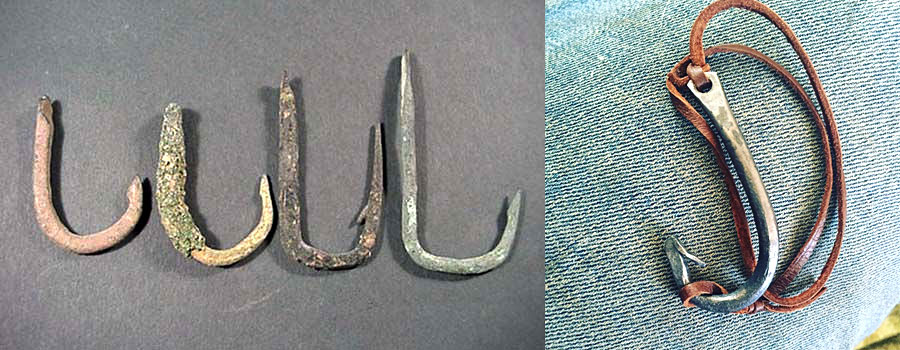
4. Bait
The rod, line, and hooks are all set. Now it is time to find and secure some fresh bait to lure your prey in. If you find yourself in a wooded area, the best type of bait to find is, of course, worms. Given the time of day and the season/location you are in, experienced fishermen and outdoor junkies know the best place to search for living bait is underneath rocks and in moist areas. Be sure to scour these easy-to-locate areas and capture not just one piece of bait but additional pieces, so that if the fish just steals the bait from your line you can immediately recast with a new piece instead of having to search for additional pieces each cast. This saves time and more importantly, your energy. Here is a video tutorial on How to make a fishing rod in the wild.
Conclusion
Whether you find yourself in a survival situation or you want to add an additional skill, building a fishing rod in the wild can be a useful tool to possess. By understanding the correct type of tree branch to secure, how to thread the line, and what materials make a good hook, you will be on the right path towards success. Of course, it is recommended to practice this guide in a controlled situation so that if you ever find yourself in need of securing food to survive, you will be prepared. So, next time you find yourself wandering around the woods and you spot a potential fishing hole, grab your knife, your line, get to work, and feel the remarkable sense of accomplishment from catching a fish with a rod you built from only the limited resources available to you.

